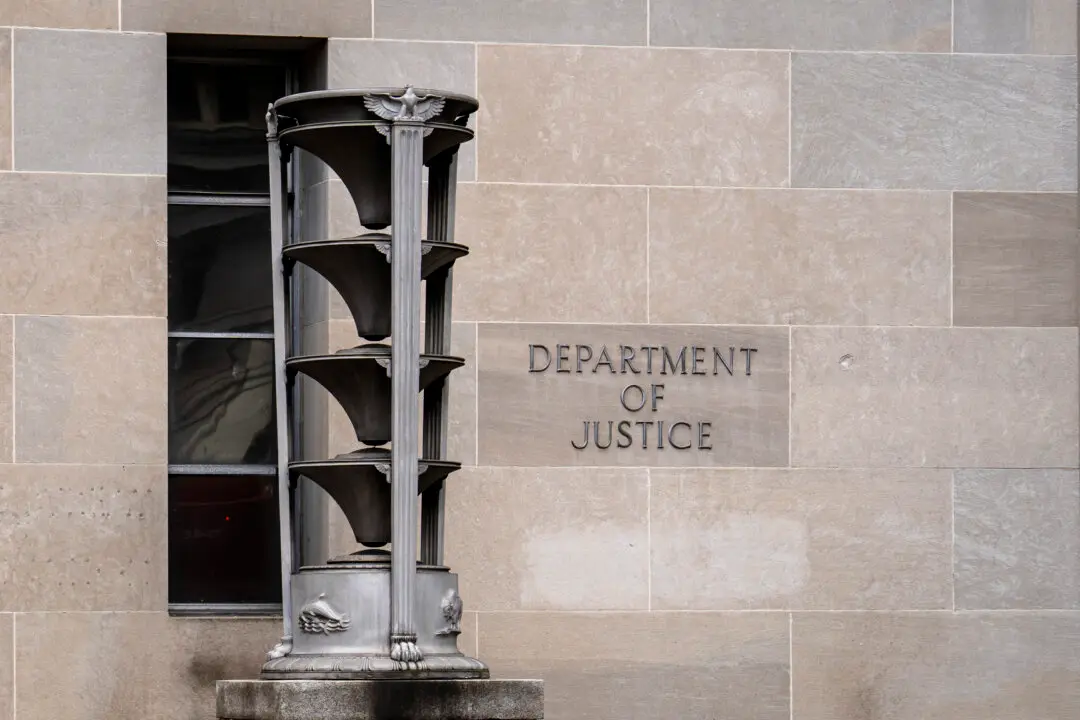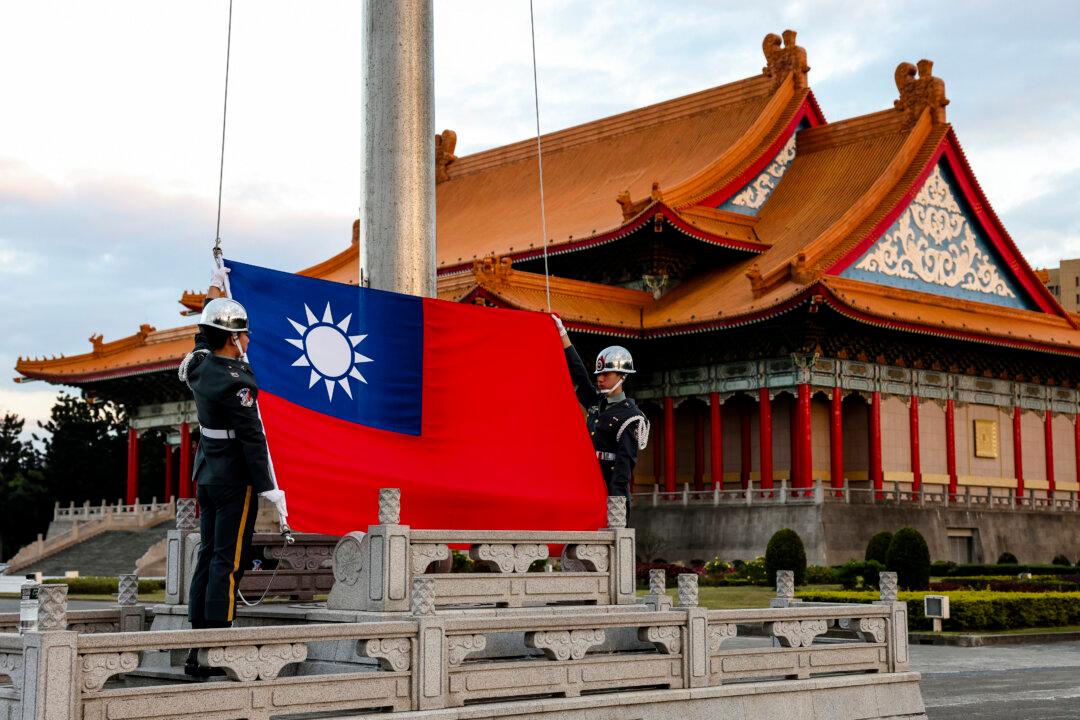A Chinese drone maker has turned to a U.S. federal agency in hopes of settling a patent-infringement complaint against a Chinese competitor, in a case that highlights how a drone maker, through Chinese government subsidies, has risen to be a global leader.
DJI, the world’s largest maker of civilian drones, is the target of a complaint filed at the U.S. International Trade Commission (ITC) by Autel Robotics USA, a U.S. subsidiary of China-based Autel, according to an ITC notice issued on Aug. 30. Both DJI and Autel are based in Shenzhen, a metropolis in southern China that borders Hong Kong.





